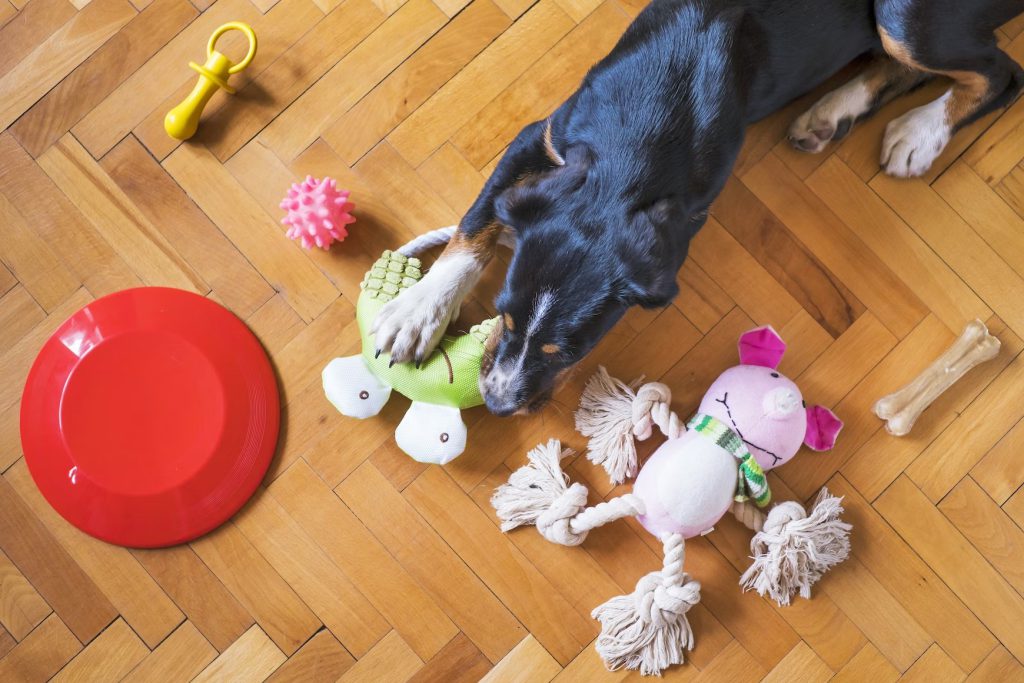Designing a Home Office with Your Disabled Pet in Mind

Collaborative Post
The rise of remote work has led many of us to reconsider the dynamics of our home spaces. For those with disabled pets, curating an environment that’s both work-conducive and pet-friendly becomes even more vital.
Let’s discuss some tips on how you can design a home office that caters to your productivity needs while also accommodating the special requirements of your pet. We’ll also discuss some useful gadgets and apps like the Vista Create tool which allows you to create a Zoom background that will help preserve your pet’s privacy if that’s your concern.
Understanding Your Pet’s Needs
Before embarking on any design changes, take a moment to assess your pet’s specific challenges. Is your cat visually impaired? Does your dog have mobility issues? Recognising these needs forms the foundation of your office design.
Flooring Matters
If your pet struggles with mobility, the type of flooring in your office can make a significant difference:
- Non-slip surfaces: Hardwood or tiled floors can be challenging for pets with weak legs or balance issues. Consider using non-slip mats or rugs to provide a better grip.
- Softness and cushion: For pets prone to fatigue or those with joint pain, soft carpets or padded mats can provide relief and comfort.
Easily Accessible Perches and Rest Areas
Just like us, our pets enjoy having their own designated spaces:
- Lowered shelves: For cats that love to perch but have difficulty jumping, installing lower shelves or using step-like structures can help them find their favourite spots with ease.
- Orthopedic beds: These provide enhanced support for pets with arthritis or other joint issues. Place one in a corner of your office, ensuring your pet is close without being in the way of your movements.
Barrier-free Movement
Ensure that the layout of your office furniture allows your pet to move without obstruction:
- Open pathways: Keep walkways clear for pets using wheelchairs or those with visual impairments. Avoid placing cables or small objects on the floor that could become tripping hazards.
- Ramps and steps: If your desk or other key areas are elevated, consider portable pet ramps or steps. This helps pets access elevated spots without strain.
Stimulating Environments
A bored pet can become a disruptive pet:
- Interactive toys: For visually impaired pets, toys with sound can be a source of entertainment. Tactile toys, on the other hand, can provide stimulation for pets with hearing challenges.
- Window views: If possible, position your desk or your pet’s resting spot near a window. The changing scenery, even if it’s just rustling leaves or passing cars, can be engaging for your pet.
Safety First
Safety measures are especially crucial for disabled pets:
- Cable management: Loose wires not only look messy but can also be a potential hazard. Use cable organisers or protective wraps to prevent pets from chewing on them or getting entangled.
- Secure storage: Ensure that any potentially harmful items, like paper shredders or small office supplies that could be swallowed, are stored safely out of your pet’s reach.
Incorporate Natural Elements
Nature has a calming effect on both humans and animals:
- Indoor plants: Introduce pet-safe plants into your office. They purify the air and offer a touch of tranquility. Just ensure they’re non-toxic to your pet.
- Soft lighting: Harsh lighting can be unsettling for pets, especially those with sensory sensitivities. Opt for soft, ambient lighting, and if possible, make the most of natural light.
Tech to the Rescue
Today’s market offers a variety of gadgets designed for pets with special needs:
- Monitoring cameras: These allow you to keep an eye on your pet, especially during those times when you’re engrossed in work.
- Automated feeders and water dispensers: For pets on a strict diet or medication schedule, these devices can ensure they’re fed on time, even during your busiest workdays.
- Automated Litter Boxes: For cats with mobility issues, automated litter boxes are easier to enter and exit. They also keep the area clean, minimising the risk of infections.
- Pet First Aid: This app by the American Red Cross provides information on emergency situations, which is valuable if you have a pet with specific health vulnerabilities.
Conclusion
Designing an office with your disabled pet in mind requires empathy, observation, and a touch of creativity. By integrating these practical design ideas, you can ensure that your workspace is not just a hub of productivity but also a haven of comfort and accessibility for your furry companion.

